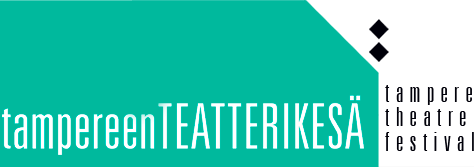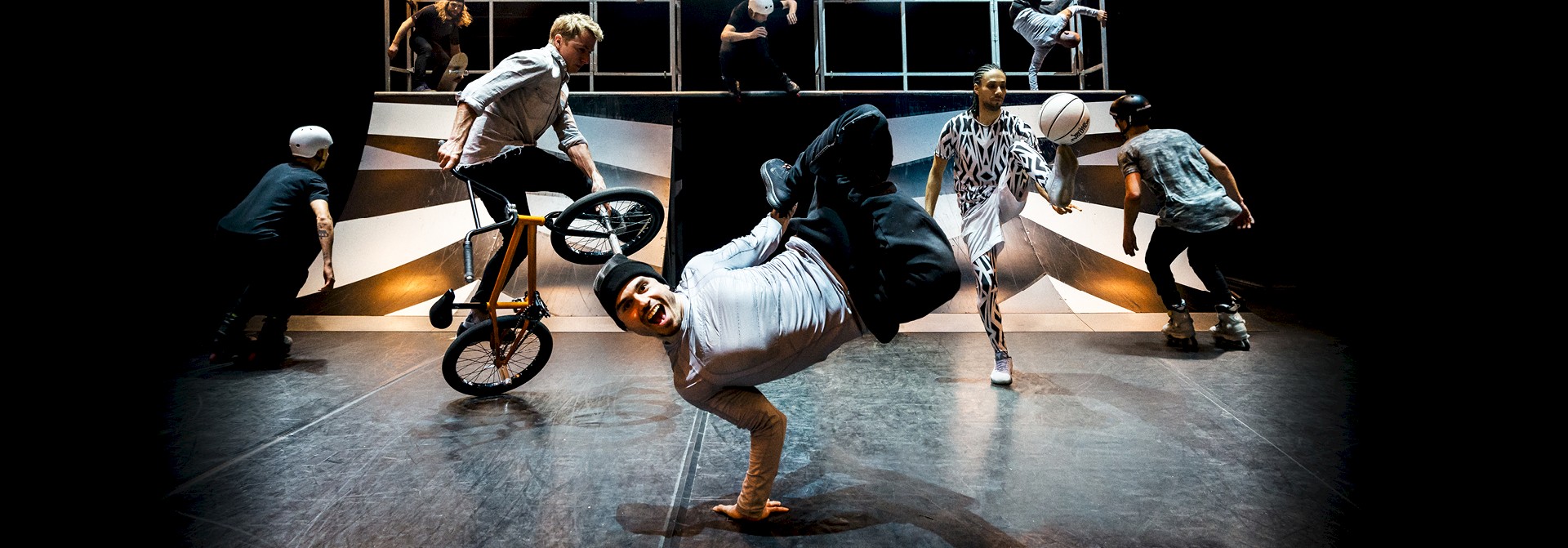Summary of the press conference
3.8.2022
Tampere Theatre Festival held a press conference on Monday 1.8. at 13.00 at restaurant Klubi. The executive director Hanna Rosendahl stated at the conference that this year 293 events/performances will be organized in total during the festival week, which marks the 53rd Tampere Theatre Festival.
Present at the event was the artistic team formed by Hilkka-Liisa Iivanainen and Tanjalotta Räikkä, who introduced the Main Programme of the festival in general terms. According to the artistic team, the themes standing out in this year’s Main Programme are existence as a psychological creature and the pain and beauty of it as well as an undertone of empowerment that strengthens the urge to live.
Also present at the press conference were directors Julian Hetzel (All Inclusive) and Miika Muranen (Lempi). The artists spoke about their respective pieces that will be seen as part of the Main Programme at the Festival.
Can we found beauty in horror?
All Inclusive, directed by Julian Hetzel, premiered in 2018. It has been performed at the Venice Theatre Biennale, among others.
– All Inclusive speaks about the capitalization of violence and aestheticization of war in art, Hetzel explained at the press conference.
– We art makers use stories and reality in art. We make politically engaged art. This is a critical piece that speaks about who owns these stories and who should own them. The problem of the capitalization and aestheticization of war in art also means that we see beauty in horror.
In All Inclusive, the makers of the piece work with people with a refugee background. During the process of preparing the piece for the stage, the makers and performers discuss the motives and purposes of All Inclusive. The group has also included trauma experts in the process.
– We are trying, in the most responsible way, to give people with a refugee background a space without exploiting their experience. We are not trying to retraumatize people. Before the touring began, we basically decided that this performance needs my presence. I need to explain why I’m doing this and what are the ethical implications of the piece, Hetzel emphasizes.
– It might seem rough onstage, but we take care of each other. The drama we create is not on the stage but in the audience, or between the stage and the audience.
Hetzel described All Inclusive as an emotional roller coaster, not only for the viewers, but also for the performers and makers of the piece. The director maintained that the performance is still very accessible.
– Part of it is real and part of it’s staged. It’s very efficient on the audience. They get confused, because they don’t know what’s real and what’s fiction, Hetzel explained.
The story of the north resonates with the audience
Director Miika Muranen also talked about the background to his piece, Lempi. When he was leaving to work in Rovaniemi, Muranen was gifted the acclaimed and first novel of Minna Rytisalo, which Muranen wanted to make into a theatre performance. After a series of events, he ended up working on the piece with Sinikka Sanelma, who had acquired the rights to the text before. Both Sanelma and Muranen consider the power of love the most important part of the story.
– All performances are about love and all childrens’ performances are about friendship, stated Muranen with a wink.
The play differs from the novel in the narration. In the play, the stories of the narrators overlap and the narrative itself is reminiscent of a thriller. Lempi’s fate is brought to light through the tales of minor characters. Muranen himself is one of the minor characters: he jumped into the role after the original actor had to drop out of the production. Working as both a director and an actor has been easy and organic thanks to great co-stars, and there has been strength in cooperation.
According to Muranen, the Lapland War is still present in the north, and people want to hear stories about it. Many viewers have personal connections to the events and similar experiences, which they wish to share. Muranen also highlighted the play’s depiction of sensitive masculinity, the way the play embodies the novel’s beautiful language, and the importance of the soundscape.
Text: Idil Tekin & Reetta Toivettula


